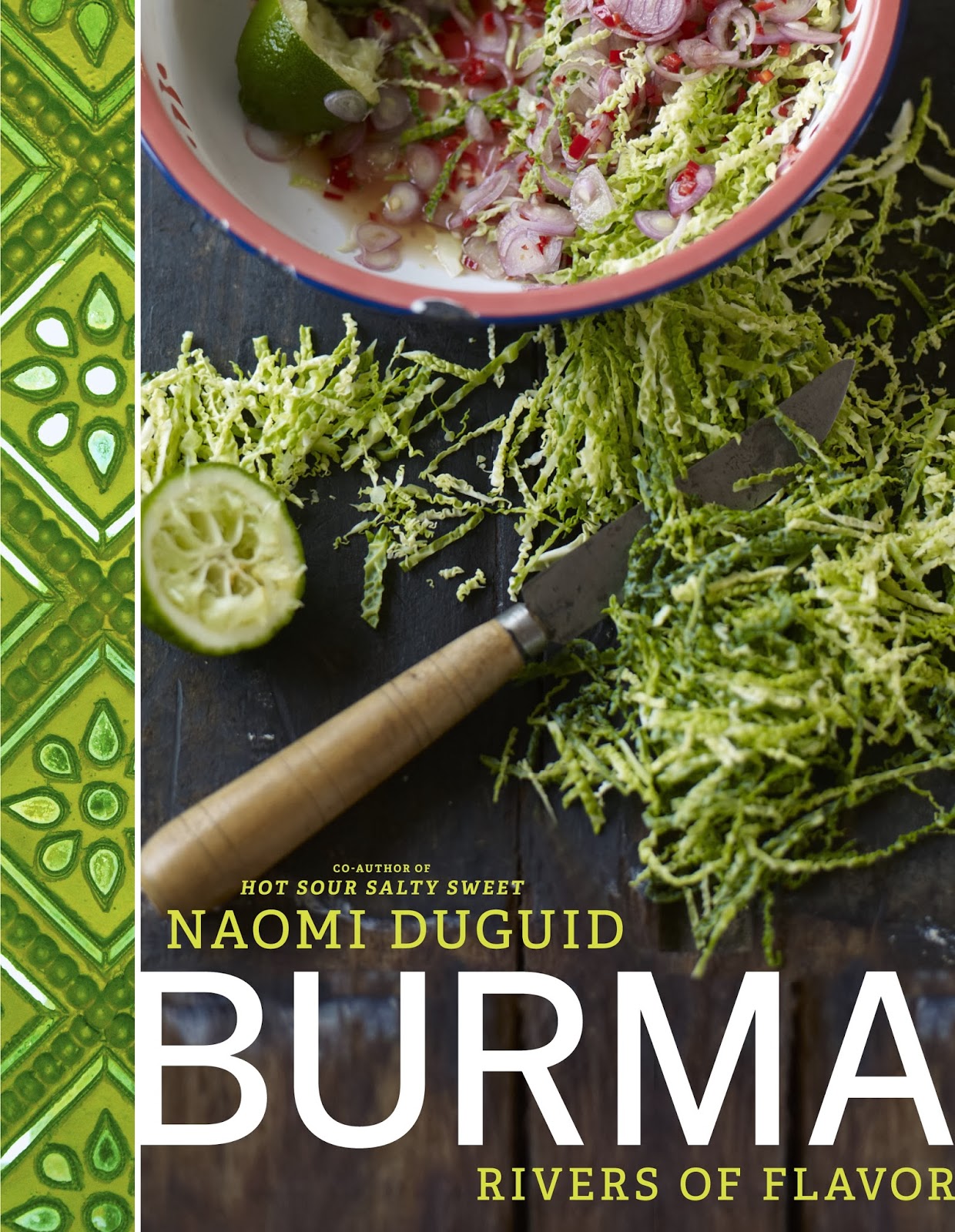The theme for the February Wine Club comes from a poem by the English poet, Rudyard Kipling. After having spent several years in India, Kipling was headed back to England. Kipling took the "eastern route" through Southeast Asia and across the United States. His trip was by steamship and the first port of call was Rangoon, a city in what was the British Protectorate of Burma. After spending one day in Rangoon, the ship set sail and there was an unscheduled stop in Molmein. After coming ashore at Molmein, Rudyard Kipling was apparently struck by the beauty. Not by the amazing golden pagodas in that city, but by the Burmese women.
It was that inspiration that led to Rudyard Kipling to pen the poem, On the Road to Mandalay. The stanzas clearly reveal Kipling's inspiration:
There's a Burma girl a-settin', and I know she thinks o' me;
For the wind is in the palm-trees, and the temple-bells they say:
"Come you back, you British soldier; come you back to Mandalay!"
Come you back to Mandalay,
Where the old Flotilla lay;
Can't you 'ear their paddles chunkin' from Rangoon to Mandalay,
On the road to Mandalay,
Where the flyin'-fishes play,
An' the dawn comes up like thunder outer China 'crost the Bay!
While Kipling's poem is about British soldiers' longing for Burmese women, this is wine club and the longing should be for the food of Burma:
No! you won't 'eed nothin' else
But them spicy garlic smells,
An' the sunshine an' the palm-trees an' the tinkly temple-bells;
But them spicy garlic smells,
An' the sunshine an' the palm-trees an' the tinkly temple-bells;
On the road to Mandalay, etc.
That's better. The inspiration for this wine club dinner are those "spicy garlic smells" ... or the food of Burma, also known as Myanmar. For this wine club, there will be a three course dinner of Burmese food based upon the recipes of Naomi Daguid's book, Burma, Rivers of Flavor.
FIRST COURSE
Ragoon Mohinga
Ragoon Mohinga
SECOND COURSE
Khua Haeng (Aromatic Chicken from the Shan Hills)
The tour continues northward to the Shan Hills, which stretch across Eastern Burma and lead the way to the city of Mandalay. For the second course of this Burmese gastronomic tour, we will be serving Khua Haeng or Aromatic Chicken from the Shan Hills. This
is a relatively simple dish representing the Shan people, which live predominantly in the Shan state in eastern Burma, but also in the central regions of Burma, including the city of Mandalay. Khua Haeng involves the frying of chicken in a large pot or wok with certain spices
(tumeric, lemongrass, garlic, ginger, chiles and tomatoes) and then some
aromatics toward the end of the cooking process. The fried chicken will be served with perfumed coconut rice and a tender greens salad with crispy fried shallots.
THIRD COURSE
Shwe Gyi Mont (Semolina Cake)
For our final dish, we will be serving Shwe Gyi Mont, which is the Burmese version of an Indian semolina halva. The semolina flour is toasted first, with liquids added and cooked over low heat and baked. The result is described by Daguid as a "delicious cross between cake and sweetmeat."
So, that is the menu. As always, it is subject to change depending upon the availability of ingredients. Any changes or updates will be added to this post. Looking forward to seeing everyone soon!
ENJOY!
So, that is the menu. As always, it is subject to change depending upon the availability of ingredients. Any changes or updates will be added to this post. Looking forward to seeing everyone soon!
ENJOY!

No comments:
Post a Comment